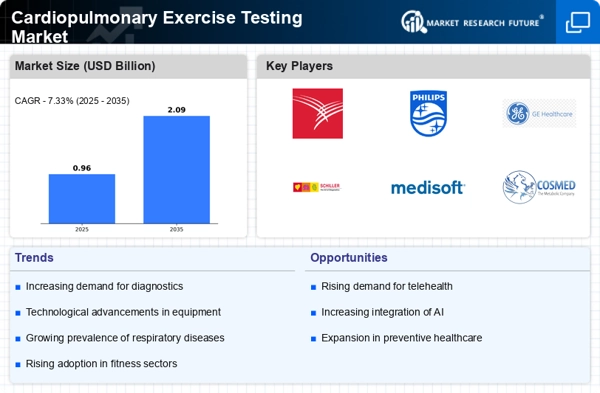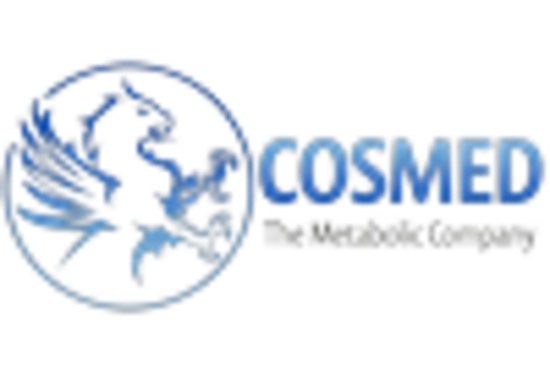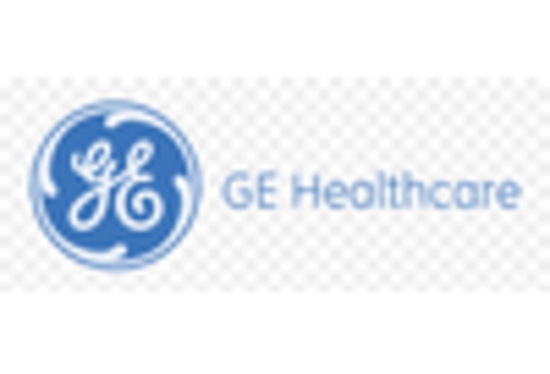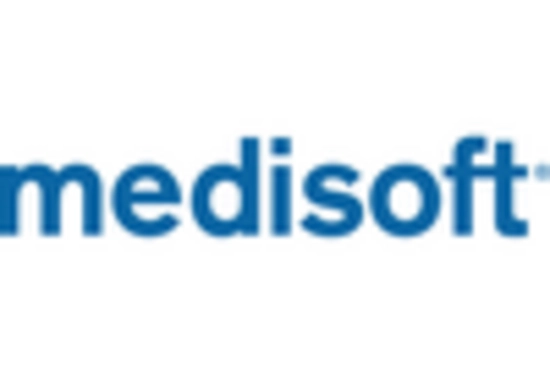Market Share
Cardiopulmonary Exercise Testing Market Share Analysis
In the highly dynamic Cardiopulmonary Exercise Testing (CPET) Market, effective market share positioning strategies are critical for companies striving to establish their presence and succeed in a competitive landscape. These strategies serve as a roadmap for navigating the complexities of the market, differentiating products, and capturing a significant portion of market share. One pivotal strategy revolves around product innovation and differentiation. Companies in this sector aim to develop CPET systems and solutions that offer advanced features, accuracy, and ease of use compared to competitors. By emphasizing factors such as comprehensive data collection, real-time monitoring, and intuitive interfaces, companies can appeal to healthcare providers and patients seeking reliable and user-friendly testing options, thus gaining traction and expanding their market share.
Price positioning is another crucial aspect of market share strategies within the CPET Market. Companies may employ various pricing strategies to gain a competitive edge and capture market share. Some may opt for a premium pricing strategy, positioning their CPET systems as high-quality products associated with superior performance and diagnostic accuracy. This approach appeals to healthcare facilities and research institutions that prioritize quality and are willing to invest in advanced testing equipment. Conversely, other companies may adopt a more aggressive pricing approach, offering their products at a lower price point to penetrate new market segments or appeal to budget-conscious buyers. By strategically adjusting pricing strategies, companies can effectively position themselves within the market and attract a broader customer base.
Distribution channels play a pivotal role in market share positioning strategies within the CPET Market. Companies must ensure their products are readily available and accessible to healthcare facilities, clinics, and research laboratories through various channels. This involves establishing partnerships with distributors, medical equipment suppliers, and healthcare networks to ensure widespread availability and reach. Additionally, companies may leverage online sales channels and e-commerce platforms to connect with customers directly and streamline the purchasing process. By optimizing distribution channels, companies can enhance their visibility, expand their market reach, and effectively compete for market share.
Marketing and branding strategies also play a significant role in market share positioning within the CPET Market. Companies need to develop compelling marketing campaigns that resonate with healthcare professionals, researchers, and patients and differentiate their brands from competitors. This may involve leveraging digital marketing channels, scientific publications, and industry conferences to showcase the capabilities and benefits of their CPET systems. Additionally, companies may collaborate with key opinion leaders, clinical experts, and research institutions to validate their products and establish credibility within the industry. By crafting a strong brand identity and communicating value propositions effectively, companies can differentiate themselves in the market and drive market share growth.
Furthermore, strategic partnerships and collaborations can have a substantial impact on market share positioning in the CPET Market. Companies may form alliances with healthcare providers, academic institutions, and medical device manufacturers to drive innovation, expand product offerings, and access new markets. By leveraging complementary strengths and resources, companies can enhance their competitive position, accelerate market penetration, and solidify their position as industry leaders. Strategic partnerships also enable companies to leverage existing distribution channels, amplify marketing efforts, and achieve economies of scale, ultimately leading to increased market share.









Leave a Comment